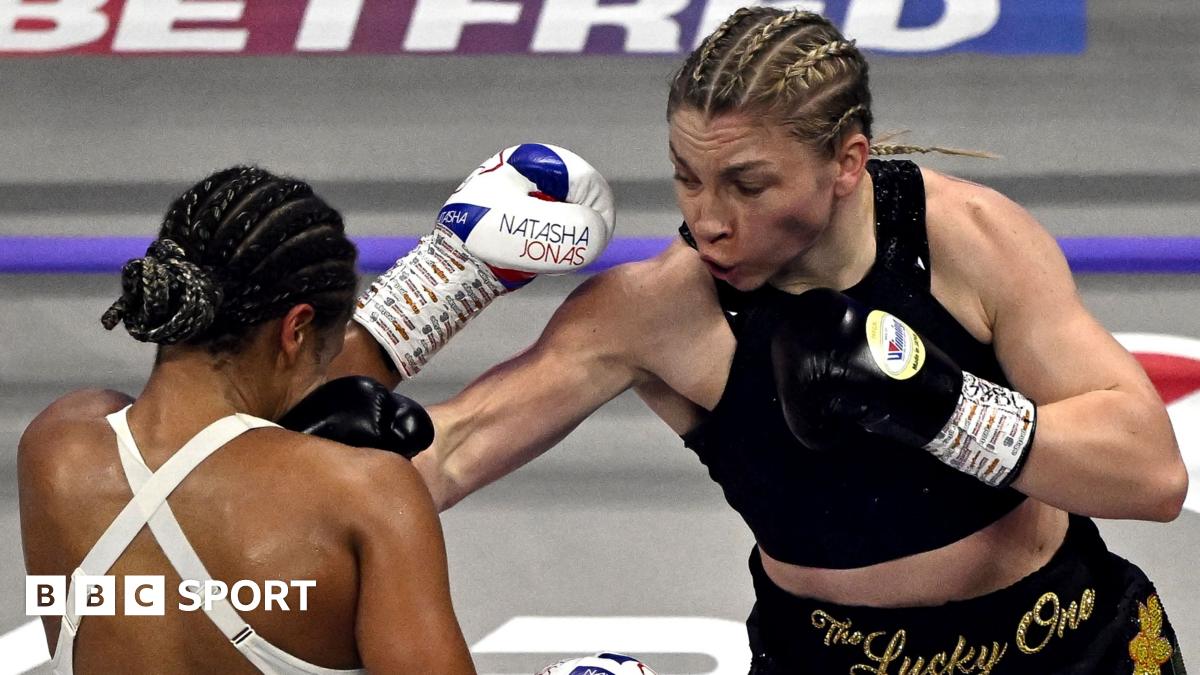From the Bronx to Paris – a look at Breaking as it makes Olympics debut

From the streets of the Bronx to the urban heart of Paris at La Concorde, breakdancing will complete its extraordinary journey to the Olympics when it features on the programme for the first time in the capital next month.
Here, the PA news agency takes a look at the newest – and some might suggest most controversial – addition to the ever-expanding Olympic programme.
History
Breaking – as it will be known for Olympics purposes – originated on the streets of New York in the late 1970s. One of four original tenets of hip-hop, along with DJing, graffiti and rapping, it comprised crews aiming to out-do each other in acrobatic dance moves, to a backdrop of DJ beats. As its popularity surged, breaking became represented by a series of international events and competitions, culminating in its inclusion, to widespread acclaim, on the programme for the 2018 Youth Olympic Games in Buenos Aires.
Rules

Both men’s and women’s events in Paris comprise 16 b-boys or b-girls, drawn into four groups of four. They face off against other in an initial round-robin phase, with the two group winners advancing to straight knock-outs from the quarter-finals onwards. Each competitor performs solo, to music of the DJ’s choosing, with each of three rounds consisting of six alternating one-minute segments. Each round is scored by a panel of judges based on technique, vocabulary, execution, musicality and originality. The winner is the competitor who wins the majority of the three-round “battle”.
Moves

Whilst breaking allows for no end of manoeuvres, it is essentially broken down into three core elements – ‘top rock’, which comprises moves made whilst the competitor is still on their feet, ‘down rock’, which entails moves and spins made whilst on the floor, and the iconic ‘freeze’, which involves the competitor bringing themselves to a temporary stop, usually whilst balanced in a precarious or unnatural position, such as a headstand.
Favourites
The inaugural women’s Olympic title could come down to a battle between Lithuanian teenager Nicka and Japan’s Ayumi, who contested the world final in September last year, where the Lithuanian emerged as a slender 2-1 winner. French teenager Syssy is also expected to be in the mix. In the men’s competition US star Victor will start as favourite over Canada’s Phil Wizard while former youth prodigy Shigekix heads up a strong Japanese contingent. Sadly no British breakers managed to qualify for the Paris Games.
Related
Jonas vs Price: How women’s boxing can become centre stage…
The iconic Royal Albert Hall has hosted pugilism for over a century, welcomed key political figures and showcased musical superstars.On Friday evening, a women'
Belgian Darts Open: Ryan Searle sets up Luke Littler showdown…
Ryan Searle set up a showdown with world champion Luke Littler and Mike De Decker booked a reunion with world No 1 Luke Humphries
Sky Sports presenter reveals she has a brain infection following…
A Sky Sports presenter has revealed she has a brain infection after battling cancer.Emma Saunders, who works as a presenter and match day reporter for Sky, was
Jonas vs Price as it happened: Reaction, analysis, boxing results,…
'I want to go back to Wales'published at 23:37 Greenwich Mean Time 7 March23:37 GMT 7 MarchPrice beats Jonas by unanimous decisionLauren Price speaking to Sky S













